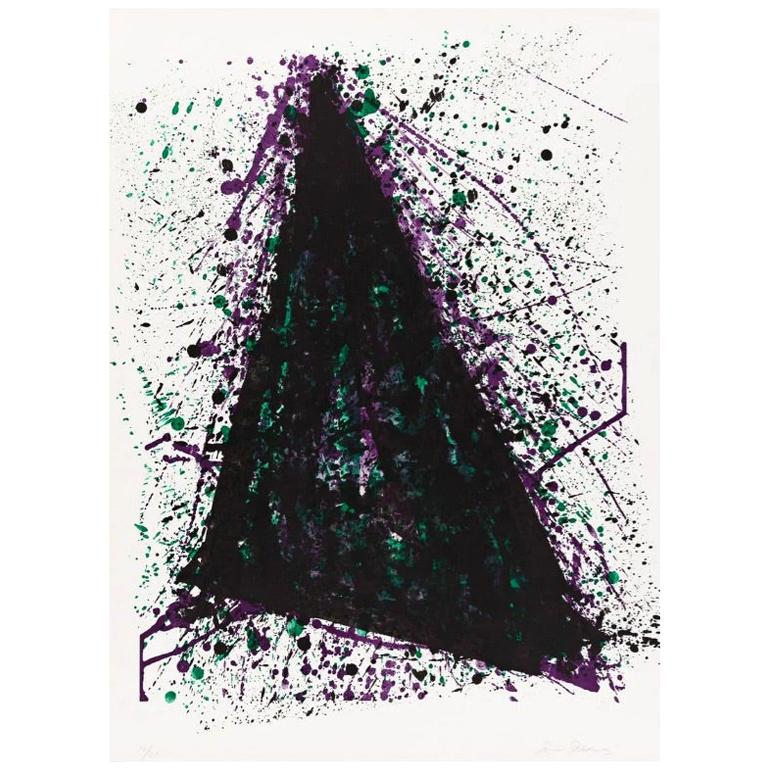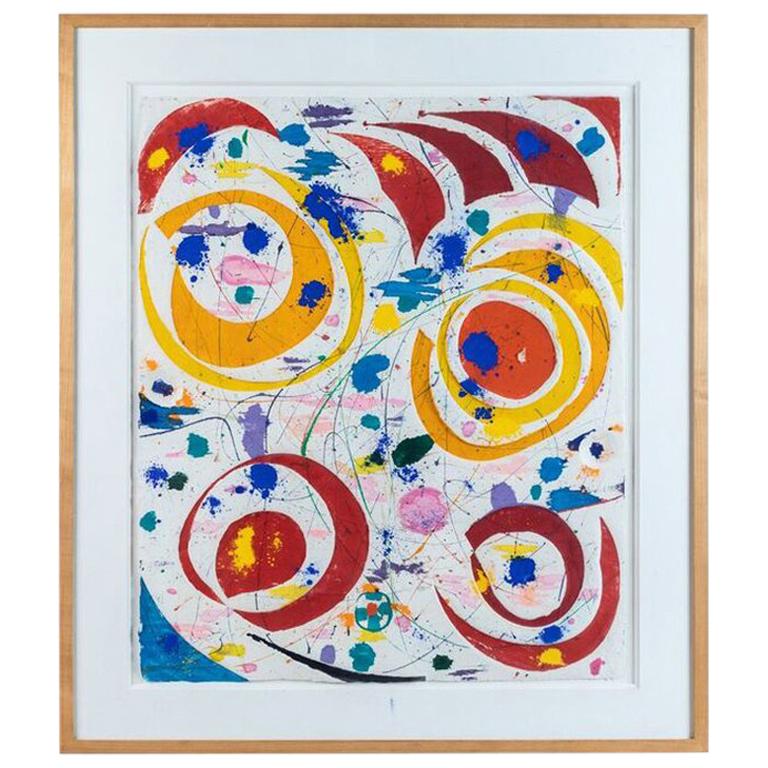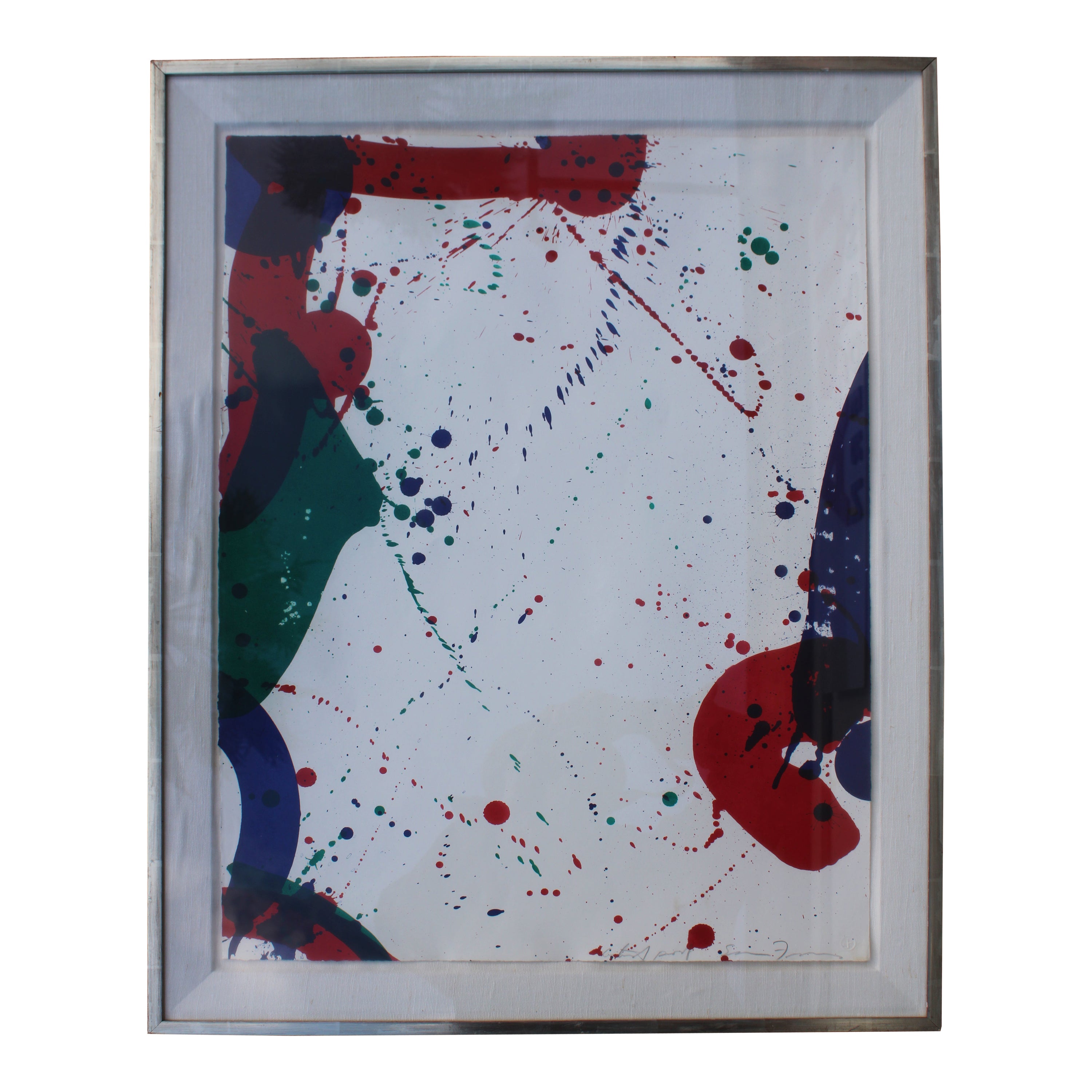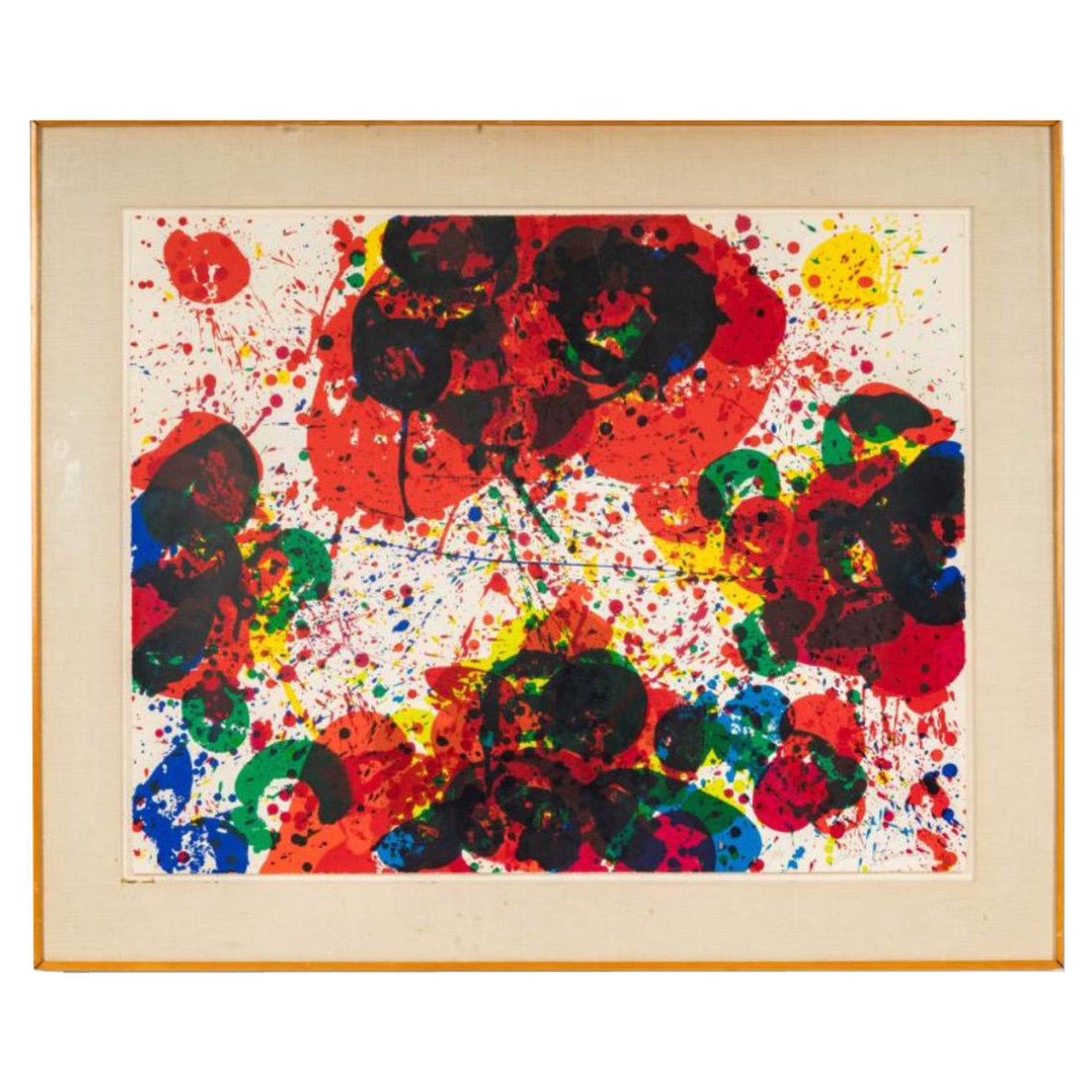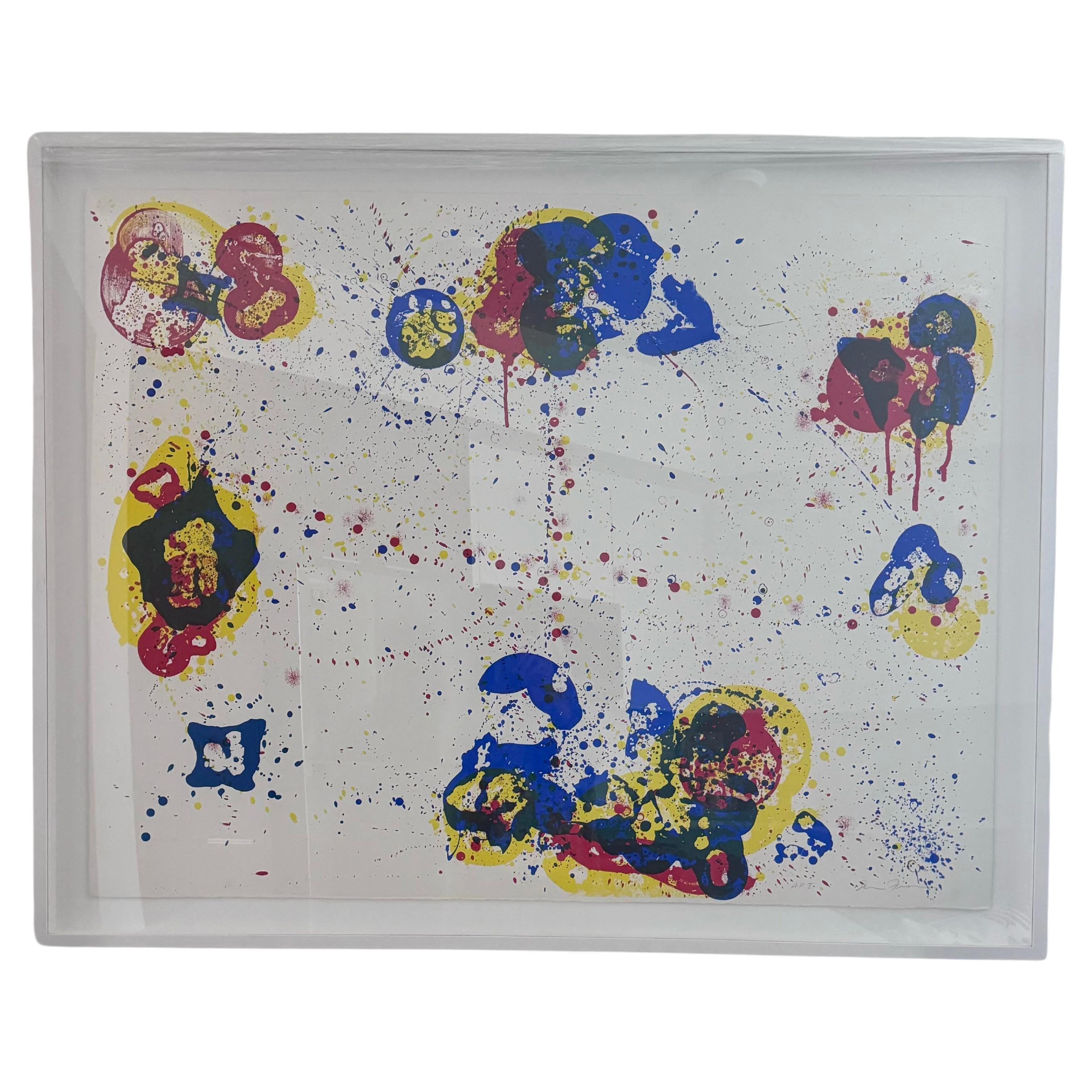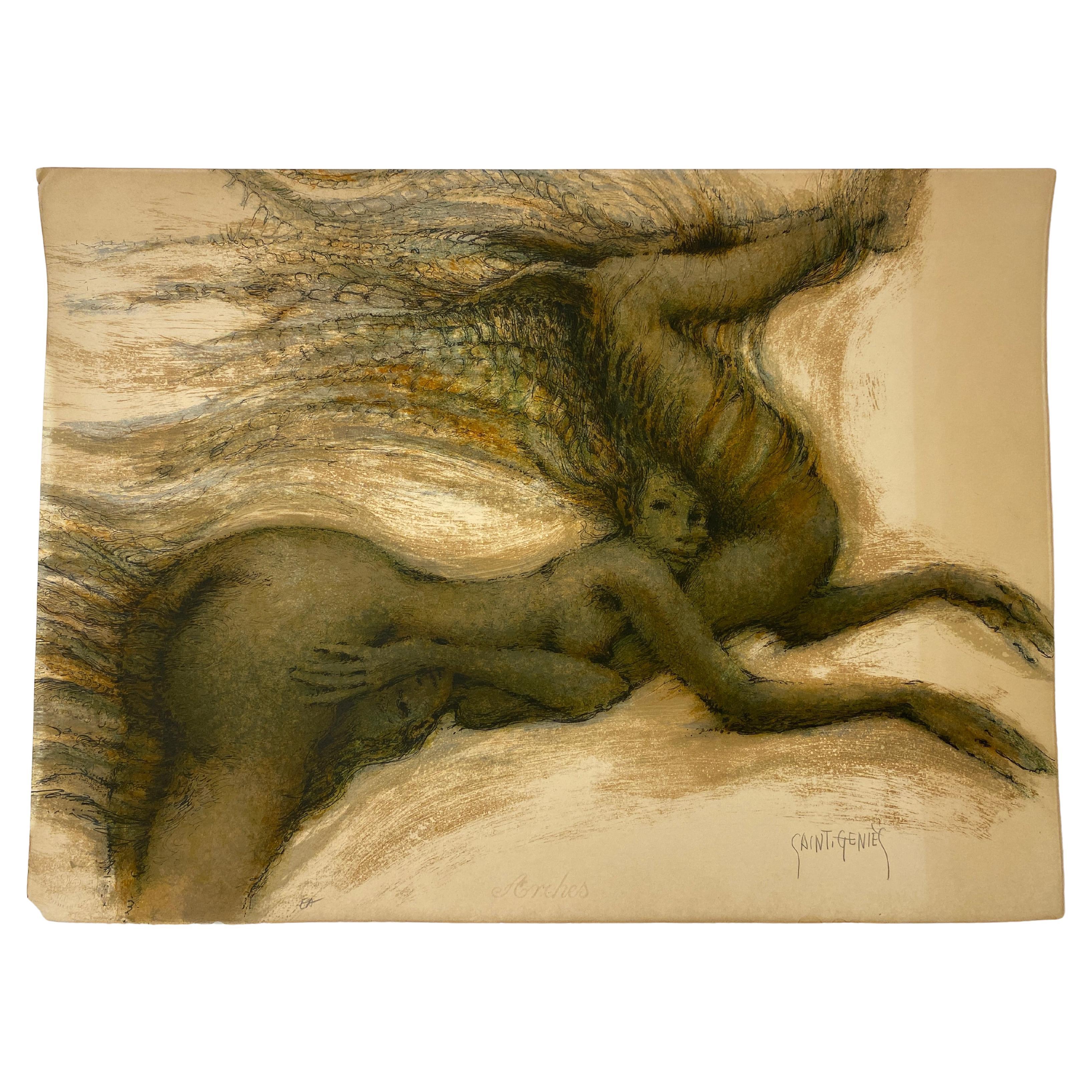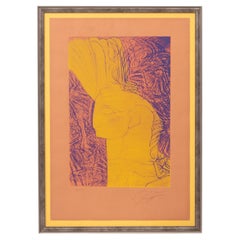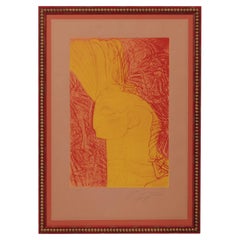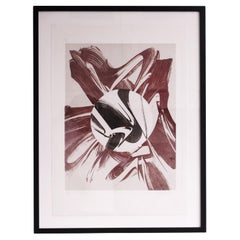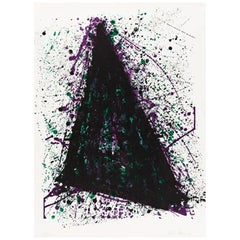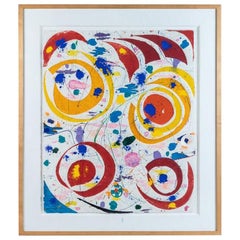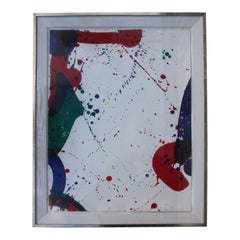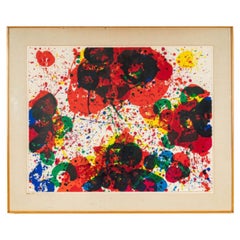Sam Francis "Jubilee" color lithograph, created 1964
About the Item
- Creator:Sam Francis (Artist)
- Dimensions:Height: 19.89 in (50.5 cm)Width: 25.79 in (65.5 cm)Depth: 1.19 in (3 cm)
- Style:Modern (Of the Period)
- Materials and Techniques:
- Place of Origin:
- Period:
- Date of Manufacture:1964
- Condition:Wear consistent with age and use.
- Seller Location:Münster, DE
- Reference Number:1stDibs: LU9172239863982
Sam Francis
Sam Francis was an American artist known for his exuberantly colorful, large-scale abstract paintings. His practice incorporated elements from Abstract Expressionism, Color Field painting, Impressionism and Eastern philosophy to create a unique style of painterly abstraction.
Influenced by Jackson Pollock and Clyfford Still, Francis is more closely associated to the work of Helen Frankenthaler, as he was more interested in the formal arrangement of the picture plane than the expressivity of the individual artist. “Painting is about the beauty of space and the power of containment,” Francis once reflected.
Born on June 25, 1923 in San Mateo, California, Francis briefly served in the US Air Force during World War II but was injured during a test flight. Returning to California, he received his BA and MA from UC Berkeley in botany and psychology before beginning to pursue a career in art. The artist traveled widely during his career, and he was closely aligned with the Art Informel movement while living abroad in Paris during the 1950s.
Francis died on November 4, 1994 in Santa Monica, California, at the age of 71. He was a founding trustee of Los Angeles’s Museum of Contemporary Art, and his paintings can be found in the collections of the Metropolitan Museum of Art, the Kunstmuseum Basel, and the Centre Georges Pompidou in Paris, among others.
Find authentic Sam Francis art today on 1stDibs.
- ShippingRetrieving quote...Shipping from: Münster, Germany
- Return Policy
More From This Seller
View AllVintage 1980s Austrian Modern Contemporary Art
Paper
Vintage 1980s Austrian Modern Contemporary Art
Paper
Vintage 1960s German Modern Contemporary Art
Paper
Vintage 1980s German Modern Contemporary Art
Paint, Paper
1990s German Modern Contemporary Art
Paint, Paper
2010s German Modern Contemporary Art
Paint, Paper
You May Also Like
Vintage 1970s Contemporary Art
Paper
Vintage 1980s American Contemporary Art
Paint, Paper
Vintage 1960s American Mid-Century Modern Paintings
Paper
Late 20th Century American Mid-Century Modern Prints
Paper
Vintage 1970s Mid-Century Modern Prints
Paper
20th Century French Mid-Century Modern Contemporary Art
Paper
